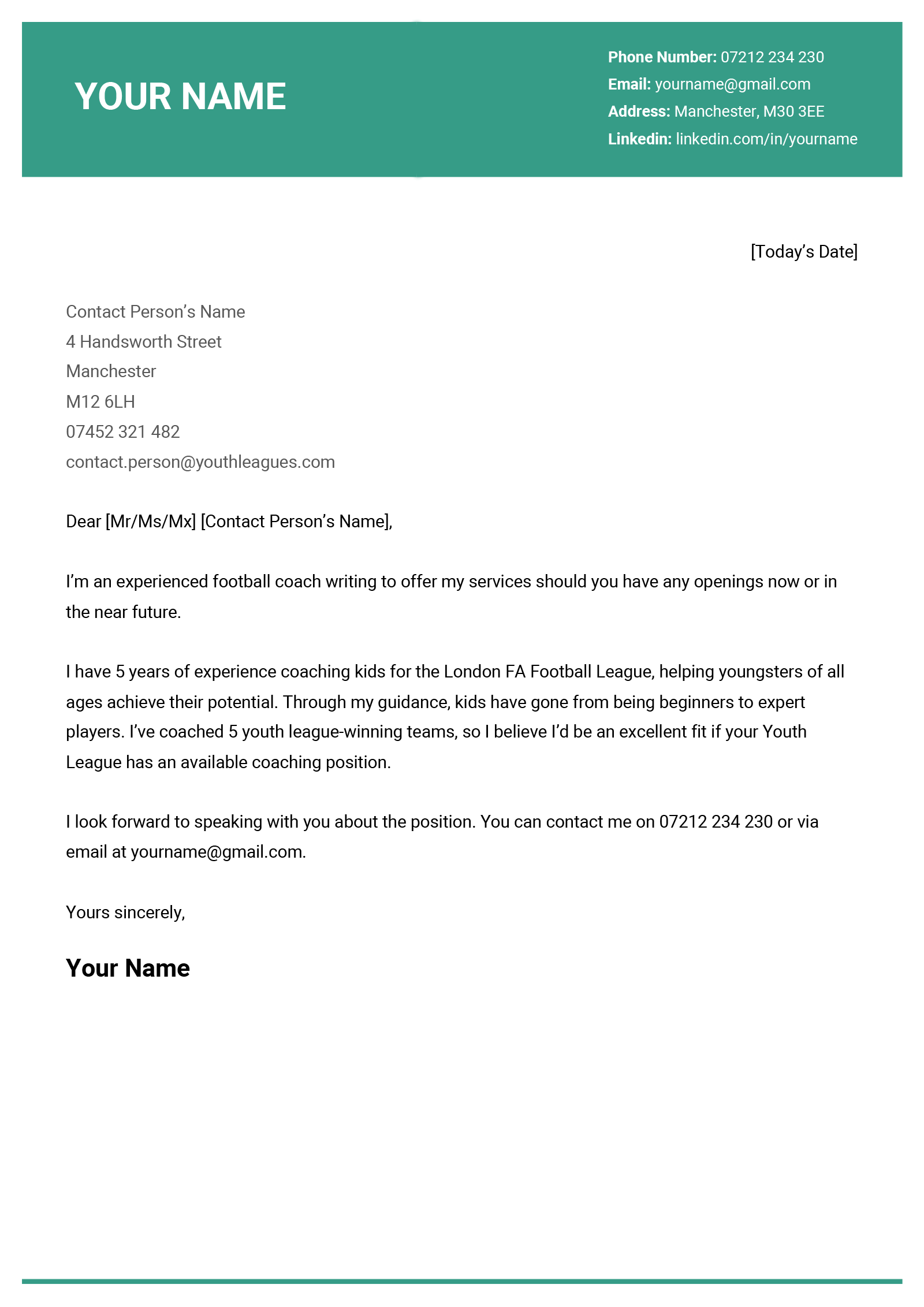Top Cover Letter Mistakes and How to Avoid Them
A cover letter can be a powerful tool in your job application arsenal, providing a unique opportunity to showcase your personality, enthusiasm, and suitability for the role. However, even the most qualified candidates often make mistakes that can undermine their efforts. This blog will explore the most common cover letter pitfalls and how to avoid them, ensuring your application stands out for all the right reasons.
1. Using a Generic Template
The Mistake:
Many job seekers use a one-size-fits-all cover letter template, making minimal adjustments for each application. This approach lacks personalization and can give the impression that you’re not genuinely interested in the role.
How to Avoid It:
Tailor your cover letter for each job. Mention the company name, the specific role you’re applying for, and why you’re excited about the opportunity. Highlight specific details about the company, such as recent projects or values, to show you’ve done your research.
Example Fix:
Instead of:
“I’m excited to apply for [position] at your company.”
Write:
“I’m excited to apply for the Marketing Manager role at [Company Name], especially given your recent campaign that focused on sustainability—a value I strongly support.”
2. Focusing Too Much on Yourself
The Mistake:
Some candidates spend their entire cover letter talking about what they want from the job, rather than how they can contribute to the company’s success.
How to Avoid It:
Shift the focus from “what the company can do for me” to “what I can do for the company.” Use the job description to identify areas where your skills align with their needs, and emphasize how you can help them achieve their goals.
Example Fix:
Instead of:
“This role would be a great opportunity for me to grow my skills.”
Write:
“In this role, I look forward to leveraging my data analysis skills to help [Company Name] optimize its marketing strategies and drive customer engagement.”
3. Repeating Your Resume
The Mistake:
A cover letter that merely rehashes your resume fails to add value to your application. Hiring managers don’t want to read the same information twice.
How to Avoid It:
Use your cover letter to provide context and tell a story about your experiences. Explain how your skills and achievements make you the ideal candidate, and highlight aspects of your career that aren’t fully detailed in your resume.
Example Fix:
If your resume states:
“Increased sales by 20% in Q3 2023.”
Your cover letter could elaborate:
“In my role as Sales Manager at [Company Name], I identified untapped market segments and developed targeted campaigns that increased sales by 20% in Q3 2023. This experience taught me the value of data-driven decision-making, a skill I’m eager to bring to your team.”
4. Forgetting to Include a Call to Action
The Mistake:
Ending your cover letter without a clear next step can leave the hiring manager uncertain about how to proceed.
How to Avoid It:
End your letter with a confident and polite call to action. Express your desire to discuss your qualifications further and suggest a follow-up, such as an interview.
Example Fix:
“I would welcome the opportunity to discuss how my background in project management can benefit your team. Thank you for your time, and I look forward to the possibility of contributing to [Company Name].”
5. Using an Unprofessional Tone
The Mistake:
Being overly casual or using slang can come across as unprofessional, while being overly formal can make your letter feel stiff and impersonal.
How to Avoid It:
Strike a balance between professionalism and approachability. Use clear, concise language, and maintain a positive, enthusiastic tone throughout your letter.
Example Fix:
Instead of:
“Hey there, I’d love to work with you guys!”
Write:
“I’m excited about the opportunity to join your team and contribute to [Company Name]’s innovative projects.”
6. Ignoring Instructions in the Job Posting
The Mistake:
Overlooking specific instructions in the job posting, such as requested formats or information to include, can signal a lack of attention to detail.
How to Avoid It:
Carefully read the job posting and follow all instructions. If the company asks for specific details, such as your availability or salary expectations, be sure to include them in your cover letter.
Example Fix:
“As requested, I’ve attached my portfolio and included my availability for an interview next week.”
7. Failing to Address Employment Gaps or Career Changes
The Mistake:
Ignoring gaps in your employment history or a career switch can leave hiring managers with unanswered questions.
How to Avoid It:
Use your cover letter to briefly explain gaps or career changes in a positive light. Focus on what you’ve learned or how your experiences make you a stronger candidate.
Example Fix:
“After taking a year off to care for a family member, I’m eager to reenter the workforce and apply my expertise in graphic design to support your creative team.”
8. Writing Too Much or Too Little
The Mistake:
A cover letter that’s either too long or too short can lose the hiring manager’s interest or fail to provide enough information.
How to Avoid It:
Aim for a cover letter that’s around 300-400 words, typically fitting on one page. Be concise but ensure you cover the most important points: your interest in the role, your relevant skills, and a strong conclusion.
9. Forgetting to Proofread
The Mistake:
Typos, grammatical errors, and formatting inconsistencies can make a poor impression, suggesting a lack of attention to detail.
How to Avoid It:
Carefully proofread your cover letter multiple times. Use tools like Grammarly or ask a trusted friend or mentor to review it.
10. Not Customizing the Salutation
The Mistake:
Using a generic salutation like “To Whom It May Concern” can make your cover letter feel impersonal.
How to Avoid It:
Address your letter to the hiring manager by name whenever possible. If their name isn’t listed, use a professional alternative like “Dear Hiring Manager.”
Conclusion
A great cover letter can open doors, but even small mistakes can hold you back. By avoiding these common pitfalls and following best practices, you’ll increase your chances of making a strong impression and landing that interview. Take your time, tailor your approach, and proofread thoroughly—your dream job may be just a well-crafted cover letter away!











Post Comment